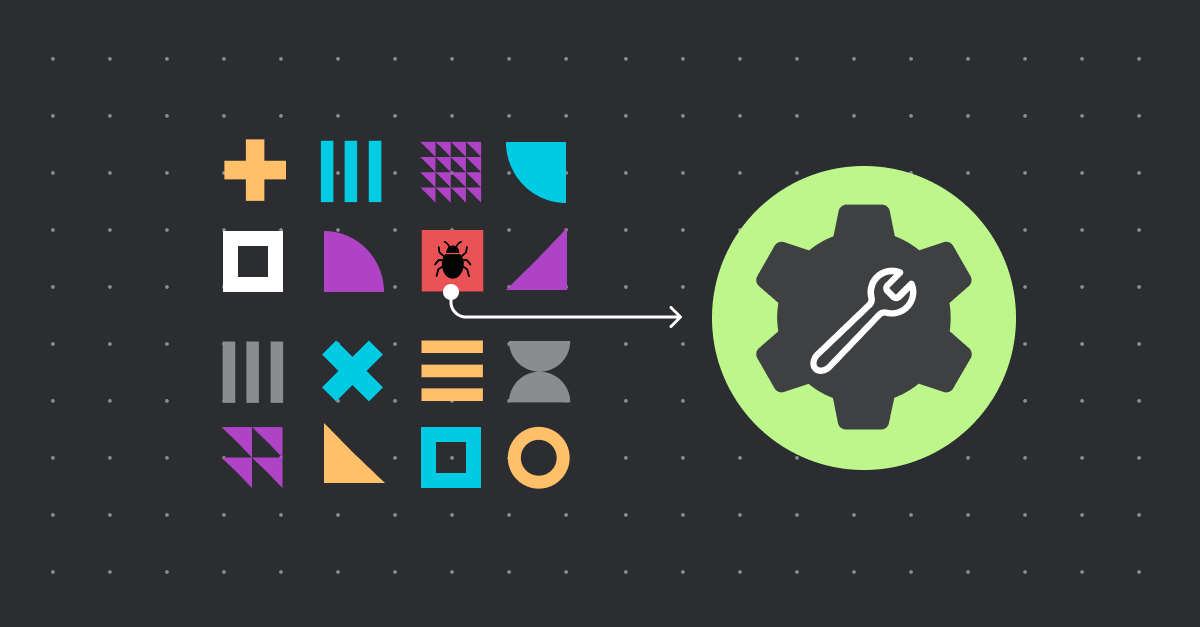Security teams are drowning in vulnerability alerts. Every day seemingly brings another wave of CVEs, each demanding attention or flagged as “critical.” But not all vulnerabilities are created equal, and not all of them need to be fixed.
Many vendors have leaned heavily into vulnerability prioritization, helping teams separate signal from noise, but too often, they stop there. These tools rank issues by urgency, but they still leave security teams holding a long list with little guidance on what to do next. Prioritization is important, but without a clear path to resolution, it falls short of actually reducing risk.
Meanwhile pressure on security continues to grow, and the disconnect with development teams remains. Developers, focused on delivering features, don’t have time to chase down one-off security tickets without context.
The result? Vulnerabilities pile up, fixes are delayed or deprioritized, and critical risks stay unresolved.
Prioritization was only the first step
There’s no question that prioritization is a core element of vulnerability management. Understanding which vulnerabilities are exposed, reachable, or exploitable helps cut through the noise and focus attention on what matters most.
Even with the knowledge of what to prioritize, turning that insight into action is easier said than done. Fixing critical vulnerabilities often requires time-consuming manual triage, identifying ownership, and back-and-forth between teams.
The problem is made worse by misalignment between security and development teams, which operate on different timelines and priorities. Without shared context or workflows for remediation, communication becomes fragmented. Requests may involve chasing the wrong team or sending repeated requests to address one-off issues. To developers, security tasks can feel like disruptions, delivered without context or direction. As a result, even high-priority vulnerabilities go unaddressed, and organizations struggle to make meaningful progress.
So how can teams move from knowing what matters to actually fixing it?
Maximize the impact of every fix
To move the needle, organizations need to rethink how remediation happens and emphasize its importance in their vulnerability management workflows. That means:
- Getting smarter about identifying effective fixes. Often a single patch or image update can resolve dozens of findings across your environment if you know where to look. Instead of blanket patching, organizations should identify the most effective fix based on context of their environment, dependency analysis, and implementation effort. The ideal fix reduces risk, without introducing breaking changes downstream and fits cleanly into developer workflows.
- Providing clear, prescriptive instructions. Security needs to give developers the full picture: what’s wrong, why it matters, and exactly how to fix it.
- Reducing repetitive work. Fixing the same vulnerability over and over is a waste of time. Instead of chasing vulnerabilities one by one, remediation should be done at the source (e.g., base images) to keep issues from reappearing in future builds.
- Automating the workflow. The faster issues can be assigned to the right person, with context and steps included, the more likely they’ll be resolved before they can be exploited.
Technology is now making this easier than ever. AI-driven tools can analyze complex findings, recommend effective low-friction solutions, and translate them in a way anyone can understand. Instead of handing developers vague tickets, security can deliver structured instructions with real commands, accelerating action while reducing back-and-forth.
The shift from prioritization to action starts by making the remediation experience easier, faster, and more collaborative.
The future of vulnerability management
Modern vulnerability management must evolve beyond generating alerts and scoring risk. The future is about driving resolution, at scale.
Sysdig is helping organizations move beyond prioritization to truly close the gap between risk and response. By combining deep runtime context with AI-powered remediation guidance, Sysdig enables teams to identify high-impact fixes and take fast, confident action. This approach not only accelerates outcomes, it fosters stronger alignment across teams, empowering them to reduce friction, eliminate wasted effort, and deliver measurable impact.
Join our Vulnerability remediation webinar to see how guided remediation is changing the game.


